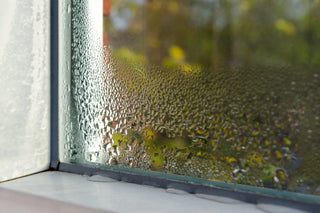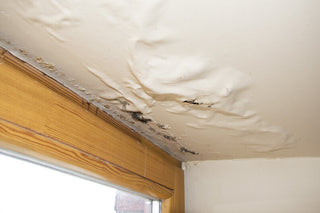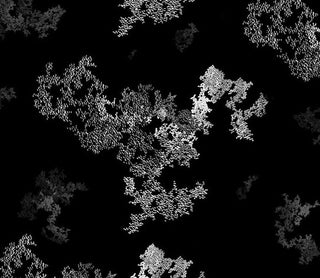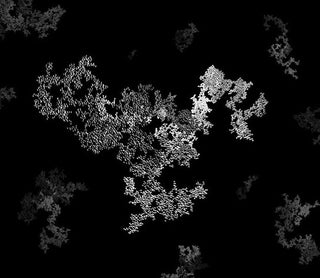

Defend your home against mold infestation
Mold can negatively impact health by releasing spores that can trigger allergic reactions like sneezing, coughing, and watery eyes in sensitive individuals.
Proven by Science
Air purifiers utilize advanced filtration technologies such as HEPA filters to effectively capture mold spores from indoor air, reducing their presence and improving air quality. These devices work by circulating air through filters that trap microscopic particles, including mold spores, thereby preventing their spread and potential health impacts. Regular use of air purifiers can help maintain cleaner indoor environments, especially in spaces prone to moisture and mold growth. Protecting your home against mold involves several strategies, including using an air purifier. Here are three effective ways to prevent mold growth in your home:

Maintain Proper Humidity Levels
Importance: Mold thrives in environments with high humidity levels, typically above 60%. Keeping humidity levels in check can significantly reduce the likelihood of mold growth.
Methods:
- Use a Dehumidifier: In areas prone to high humidity, such as basements and bathrooms, a dehumidifier can help maintain optimal humidity levels (between 30-50%).
- Ventilation: Ensure proper ventilation in areas like kitchens and bathrooms by using exhaust fans. Open windows when weather permits to allow fresh air circulation.
- Air Conditioning: Use air conditioning to keep indoor humidity low during warm months.

Address Water Leaks and Dampness
Importance: Water leaks and damp areas provide the perfect breeding ground for mold. Promptly addressing these issues can prevent mold from taking hold.
Methods:
- Fix Leaks: Regularly inspect and repair any leaks in roofs, walls, and plumbing systems. Pay attention to areas under sinks, around bathtubs, and behind appliances.
- Dry Wet Areas: Immediately dry any wet or damp areas. Use towels to dry floors and walls after spills or leaks. For larger areas, consider using a wet/dry vacuum.
- Use Mold-Resistant Products: When renovating or building, use mold-resistant products such as mold-resistant drywall and paint. These products are designed to prevent mold growth even in high-moisture areas.
Use an Air Purifier with HEPA and Activated Carbon Filters
Importance: Air purifiers can help reduce airborne mold spores, preventing them from settling and growing on surfaces in your home.
HEPA Filters: High-Efficiency Particulate Air (HEPA) filters capture 99.97% of particles as small as 0.3 microns, including mold spores. This helps reduce the overall number of spores in the air.
Activated Carbon Filters: These filters can absorb odors and VOCs (volatile organic compounds), which can be associated with mold growth.
Placement: Place air purifiers in areas prone to mold, such as basements, bathrooms, and kitchens, to maximize their effectiveness.
Under the Microscope

Airborne soot particles
Researchers at the U.S. Department of Energy’s (DOE) SLAC National Accelerator Laboratory have captured the most detailed images to date of airborne soot particles, a key contributor to global warming and a health hazard.

After using Partiküle 30min
Absorbs three times more nitrogen dioxide⁴ - one of the most common indoor pollutants, produced by gas appliances, open flames, and wood burning stoves.

After using Partiküle 2h
Triple filter screen is HEPA activated carbon formaldehyde removal







